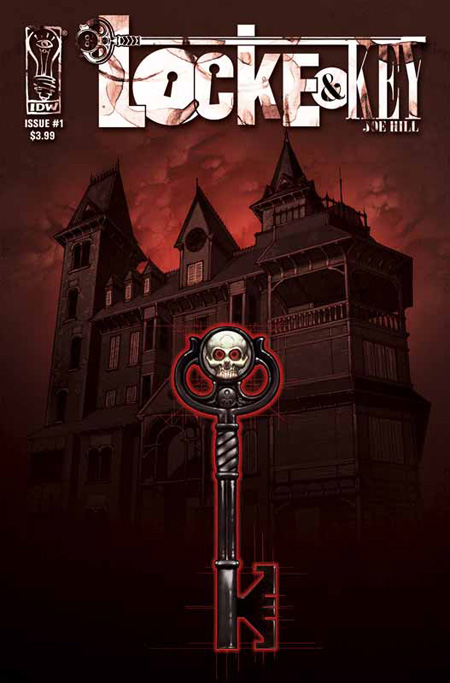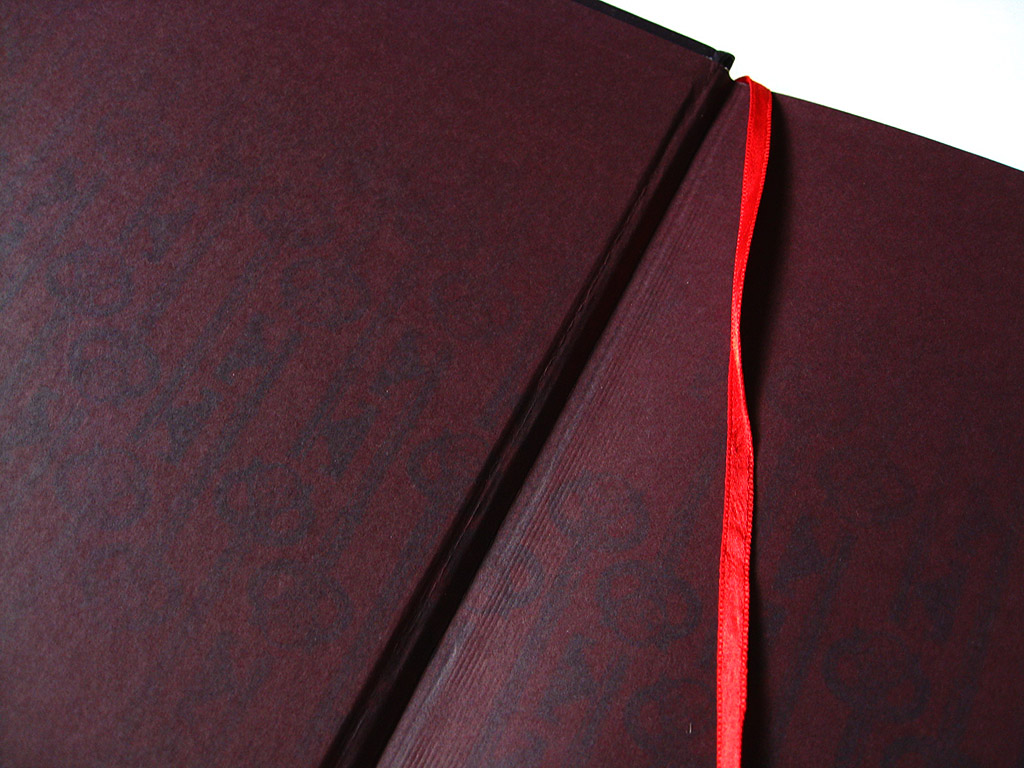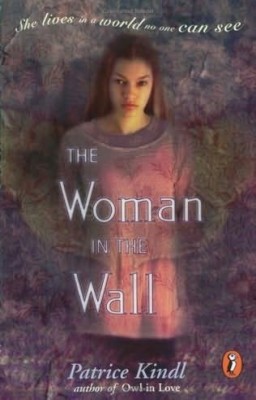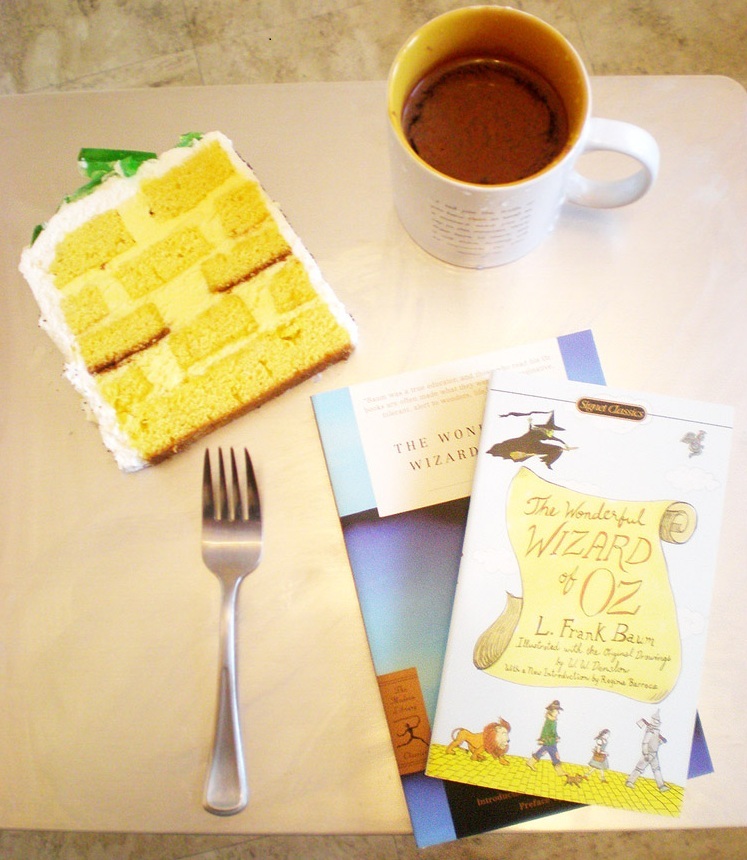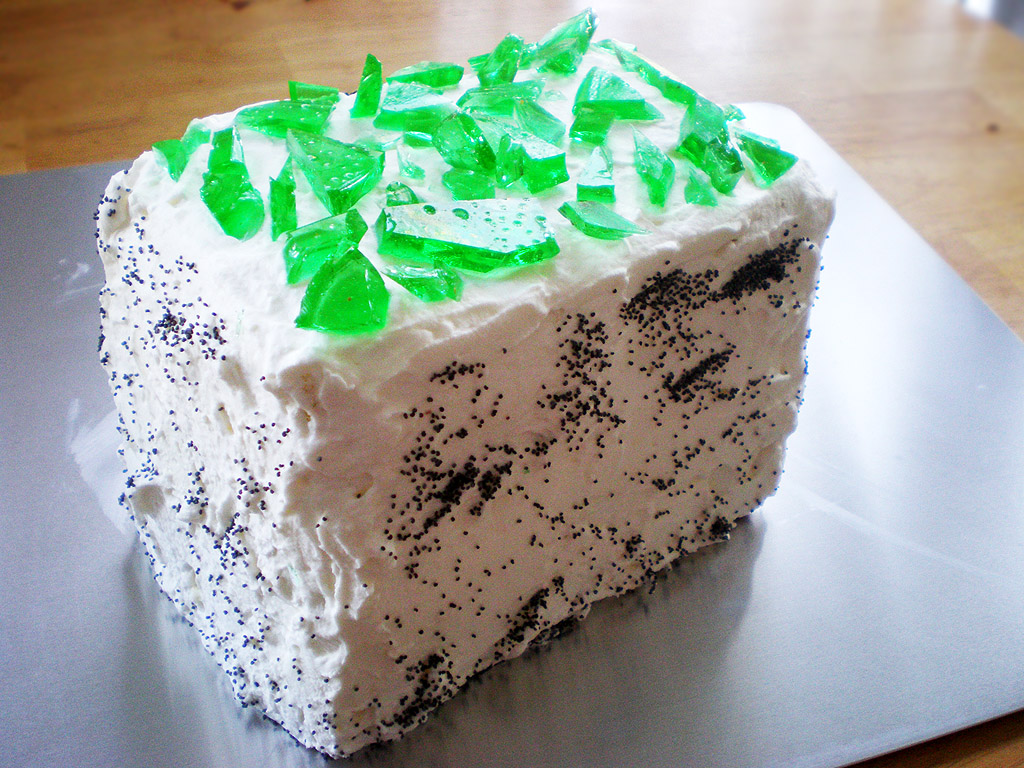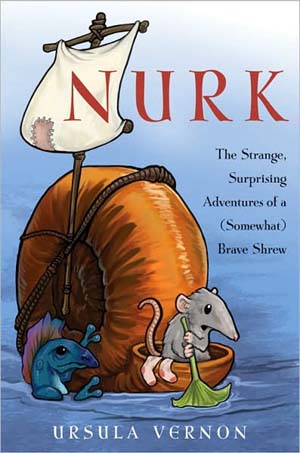Date read: 10.31.09 (unintentional, but awesome)
Read from: Personal collection
Reviewer: Emera
It’s raining, my socks are wet, and for these reasons I think I’d rather finish up my long-overdue review of Caitlín R. Kiernan‘s The Red Tree than do anything else. And as there’s a red oak outside my window, I took a picture of it looking appropriately old, red, and potentially carnivorous at about the same time that I finished the book:

The review is spoiler-free, by the way.
The Red Tree is one of the best books I’ve read all year, and I’ve already been itching to go back to it and let it screw with my head some more. I’m not quite sure what I was expecting when I started it (probably something more lushly Gothic, like Alabaster), but what I read wasn’t what I was expecting, and then it was better than what I expected. It’s a jagged, rattling, hurtful book, and incredibly atmospheric. The horror is creeping and primal, almost inarticulable. People and paintings and animal bones appear and disappear; proportions and distances are warped; the brittle, chain-smoking protagonists labor under constant, sapping heat and suffer from surreal nightmares. At the same time, the emotions underlying it are so real: reading the book feels like holding an artifact of life, a snarled-up package of fury and self-hatred and despair. Yeah, it’s not the happiest book to read, but its painful authenticity is a large part of what makes it so compelling. There are no pretensions to darkness or the Gothic here, just a lifetime’s worth of the real thing.
After all, protagonist Sarah Crowe is a clear analogue of Kiernan herself: she’s a snarly, black-tempered writer of commercially unsuccessful dark fantasy who lives in Rhode Island, and she struggles with writer’s block and a seizure disorder. In Sarah’s case, she leaves the South to escape the memories of her failed relationship with an artist named Amanda, who committed suicide. Once in New England, she settles into an ancient farm house whose property is marked by a red oak of incredible age and size. Unsurprisingly, she develops a morbid fascination with the mythology surrounding the tree – in particular a half-finished manuscript left by the house’s last tenant in the basement – at the same time that a painter named Constance moves in upstairs. Cue much petty sniping, frustrated desire, and poorly concealed, creeping obsession.
Continue reading The Red Tree, by Caitlín R. Kiernan (2009)
